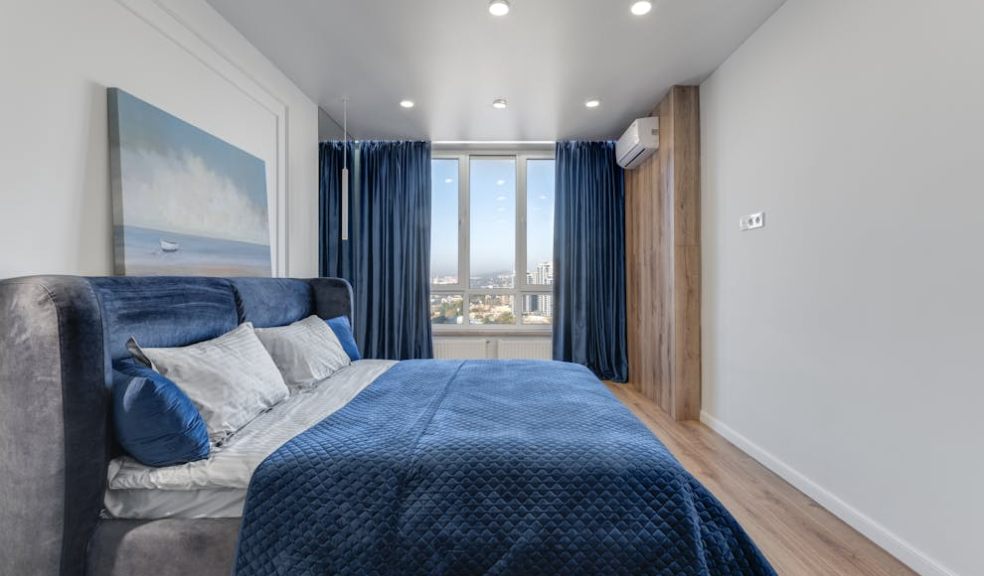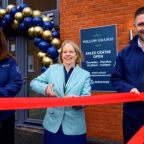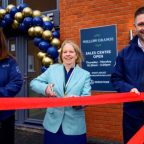
What to Expect During a Professional AC Installation
Modern cooling systems use less energy to keep you cool all day. The system must be properly implemented to reap these benefits. A professional installation ensures that every item, from the compressor to the thermostat, is the perfect size, place, and setup for your home. Knowing what happens before, during, and after the specialists arrive can help you prepare, ask wise questions, and feel good about your spending.
Reputable companies like Sub Cool FM begin projects before equipment arrives. The size, insulation, ductwork, and weather are all considered during their complete home assessment. The data collected helps with system sizing and architecture, preventing short-cycling, humidity issues, and energy waste due to improper equipment. By installation day, you and the installer will know what will happen, why it matters, and how long each step is expected to take.
Assessment Before Installation
A thorough examination is the key to a proper installation. The specialists will check your electrical panel, duct circulation, and space for the new interior and outdoor units. Manual J and Manual S load calculations determine how much cooling your property needs. This accuracy prevents systems that are too big from cooling quickly but not removing moisture, and systems that are too tiny from running constantly without reaching the proper temperatures.
This is when you'll examine equipment types, efficiency ratings, and warranties. The installer will explain any necessary alterations, such as adding an electrical circuit or eliminating air-blocking ductwork. Without paying more or waiting until the last minute, you can agree on these items in advance.
Getting Equipment Ready and Delivered
Once the system size and type are determined, the equipment arrives. Technicians verify model numbers, refrigerant types, and accessory kits on the work order. To avoid a mess, they utilise drop cloths and corner guards on the floors and walls. Outdoor debris is removed to ensure condenser airflow. Many overlook this step, yet it protects your property and extends the lifespan of the new system.
Day of Installation
First, the old unit's refrigerant is safely removed in accordance with environmental regulations. We remove and properly dispose of obsolete equipment after unplugging the electrical and refrigerant lines. After levelling and anchoring the new inside air handler or furnace, technicians run new refrigerant lines, following manufacturer recommendations to eliminate leaks and kinks. Outdoor condensers are placed on pads or brackets to keep them level and prevent water buildup.
Electrical connections must have tight torque and be grounded in your home. Hoover pumps remove moisture and air from refrigerant lines before charging them. Technicians monitor line temperatures and pressure drops for leaks throughout the process.
Testing After Installation
When the system is enabled, the supply and return register airflows are monitored to ensure each room gets enough conditioned air. The thermostat calibrates the temperature, and static pressure sensors check the ducting for slowdown. We immediately correct any imbalances to ensure that paper efficiency ratings translate to real-world comfort.
Focus on Customers and Support
The installers will demonstrate system controls, filter replacement, and maintenance before leaving. They explain trouble codes, illustrate cooling schedules, and provide service agreements and warranty documents. Clear instructions help you maintain equipment and anticipate issues.
Professional installation requires technical expertise and consumer education. Knowing what to expect will help you install your cooling system effectively and enjoy years of reliable, energy-efficient cooling.

















